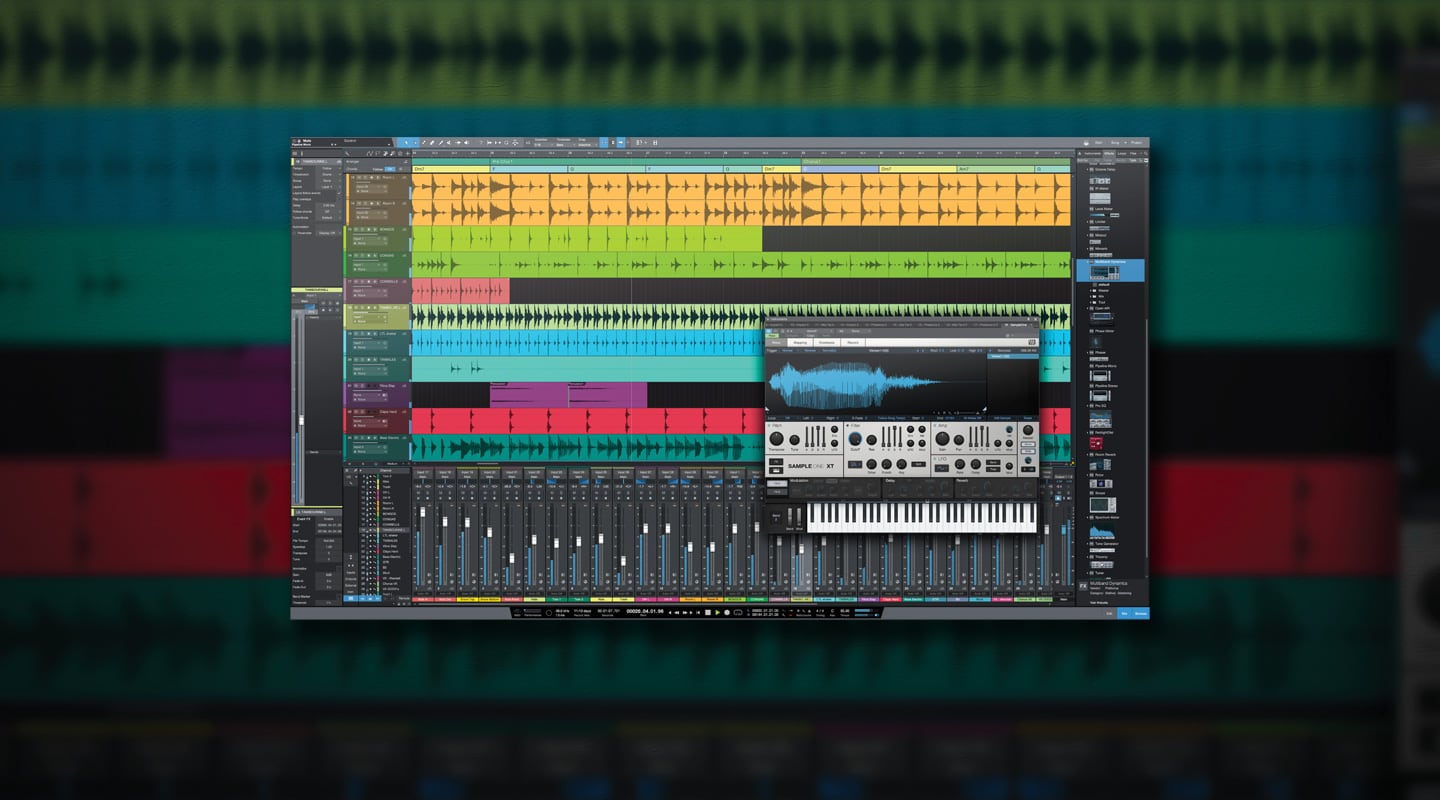
Review: Presonus Studio One V4
Studio One is growing up and catering to a younger crowd.
Review: Graeme Hague
Way back in 2009 Presonus’ Studio One DAW software was introduced to the industry as a ‘bloat free’ application. It offered plenty of features, it just promised to deliver them without any of the baggage its competitors had accumulated by maintaining compatibility with previous versions. A crime you can hardly blame them for. After all, one studio engineer’s absolutely must-have, Grammy Award-winning workflow function is often another musician’s, “Why the hell would I ever use that?” defunct menu item.
It’s tough to trim functions that seem largely obsolete without prompting someone’s outrage, just as it’s difficult to decide which improvements are truly worth introducing. Developers can’t react to every Feature Request thread on the forums.
Almost 10 years later, Studio One hasn’t bloated, but it’s put on a bit of weight — or maybe muscle is more accurate. The software has inevitably grown and expanded significantly to cater to users’ demands, and the new release has added more. This latest Version 4 has an interesting focus, and that’s caused some grumpiness around the chat rooms, but I reckon it’s not warranted.
The 2015 release of Version 3 was chock full of cool goodies to delight users who prefer to point microphones at things, play instruments — particularly keyboards — in real time, and tweak mixdown plug-ins (gotta love the Fat Channel). With Version 4, now it’s the music producer’s turn; with improvements to functions that support slicing and dicing clips, sampling, and creating EDM, dance and beat music genres.
While it might miss the target for some, bear with me because upgrading to Studio One 4 has plenty of appeal for everyone.
STUDIO ONE GETS RIPPLED
Okay, among the usual myriad of fine-tuning tweaks, what big-ticket items are on offer?
First, a quick mention of something that makes yours truly very happy — the introduction of Ripple editing. As someone who narrates and produces audiobooks — resulting in a zillion small vocal files to tell the tale of a bored housewife and immoral tradesmen — ripple editing is a huge improvement to post-production workflow.
A small but important addition is a MIDI drum editor view. Many musicians, myself included, program everything in the standard Piano Roll mode, but plenty of people prefer the dedicated drum editor view for percussion. Presonus has put together a comprehensive drum editor GUI with tools and functions that will let you turn your most basic kick-snare boredom into Mike Portnoy mayhem.
NEED TO KNOW
Presonus Studio One V4
DAW Software
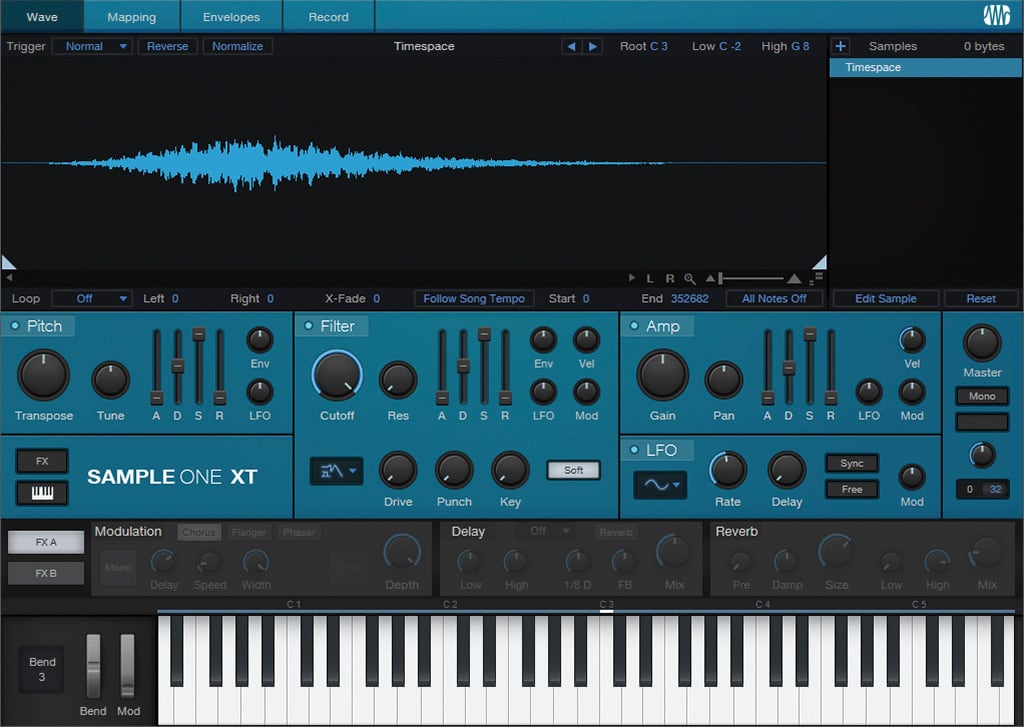
Similarly, a Patterns function is kind of like a ‘take’ feature for your MIDI programming. Really, it’s a step sequencer that allows the keyboard-inept, like me, to build MIDI programming one note at a time. The new angle to Patterns is variations on each clip. You can create multiple versions of each one and swap between them all without losing earlier ideas.
Writing notes on each channel — actual text-based reminders and details — is another low-key but very handy new feature. Sure, some of you may yawn and say, “DAW X has had channel notes for ages”. Still, I like that Presonus has plainly assessed this feature, listened to its user-base, and considered it worth adding, even if it is a bit old hat.
Visually, the DAW has a lot more colour schemes from which to choose including some eyeball-searing ‘light’ schemes that are a far cry from its normal utilitarian, gun-metal grey appearance. I’ve always been a fan of aesthetically pleasing GUIs, finding them inspiring — call me shallow — and there’s now a large palette of colour designs to match the wallpaper in your studio. Also, the layout of the mixer has been changed with some buttons shuffled around and icons redesigned … to be honest it’s hard to get enthusiastic there.

THE IMPACT OF XT UPGRADES
The serious excitement in Version 4 is the overhaul applied to two of Studio One’s native VST instruments, Impact and Sample One, now respectively called Impact XT and Sample One XT.
Impact is a sample player previously offering 16 assignable trigger pads with editing and sound-contouring effects on each. The XT upgrade increases the number of triggers available by multiplying those 16 pads by eight banks. Plus, the parameters for each pad have been enhanced and include multiple layers for each. It’s become a VST producers and DJs can use without ever running out of resources. Musicians who design their own synths and instrument presets can endlessly tweak and twiddle.
Sample One XT is a sample processor and likewise a supercharged version of its predecessor. A new Record function can source a signal from anywhere in the DAW — the output, a subgroup, or even a track or VST instrument direct. Any kind of sound-grab can be recorded in real time and tortured into what you really need.
The appeal of these two upgrades is how Presonus has made Impact XT and Sample One XT accessible and intuitive to users who might normally shy away from these kinds of instruments. I’m not suggesting that anyone who prefers a matched pair of microphones in front of an acoustic guitar is suddenly going to give Daft Punk a run for their money, but Sample One XT in particular has become a tool that can solve problems and provide creative results. Don’t write them off as beat-boxing, EDM instruments, instead consider them as clever sound processors with intriguing potential.
DOING IT ALL
Studio One 4 certainly has a focus on less traditional signal paths and more modern music-making practises. However, in the overall scheme of things this latest upgrade is really bringing the electronic music production tools up to par with those functions addressed in Studio One 3, and is a further step towards the holy grail of a DAW capable of anything you need. In the process Version 4 makes some specialised, perhaps slightly daunting, features more accessible to everyone.
At first glance it’s not everyone’s cup of DAW tea, but I suggest you have a closer look. Don’t worry, you won’t suddenly break out the ‘Backpack Kid’ dance in the vocal booth if you don’t want to.





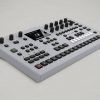

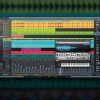

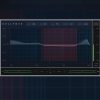



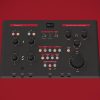
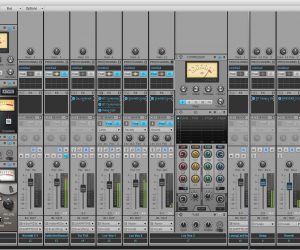
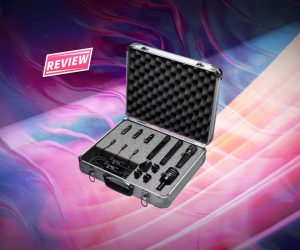
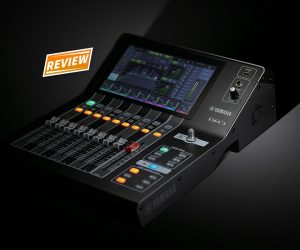






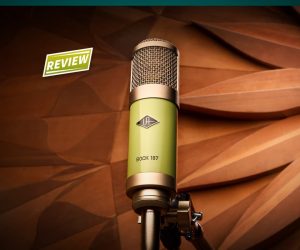

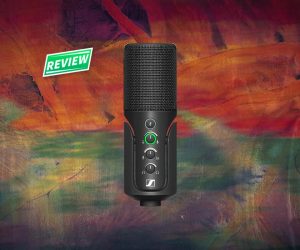


RESPONSES